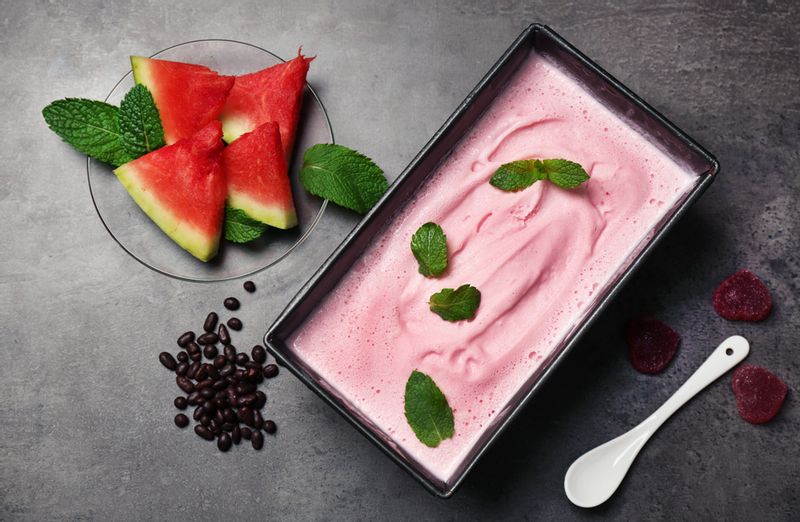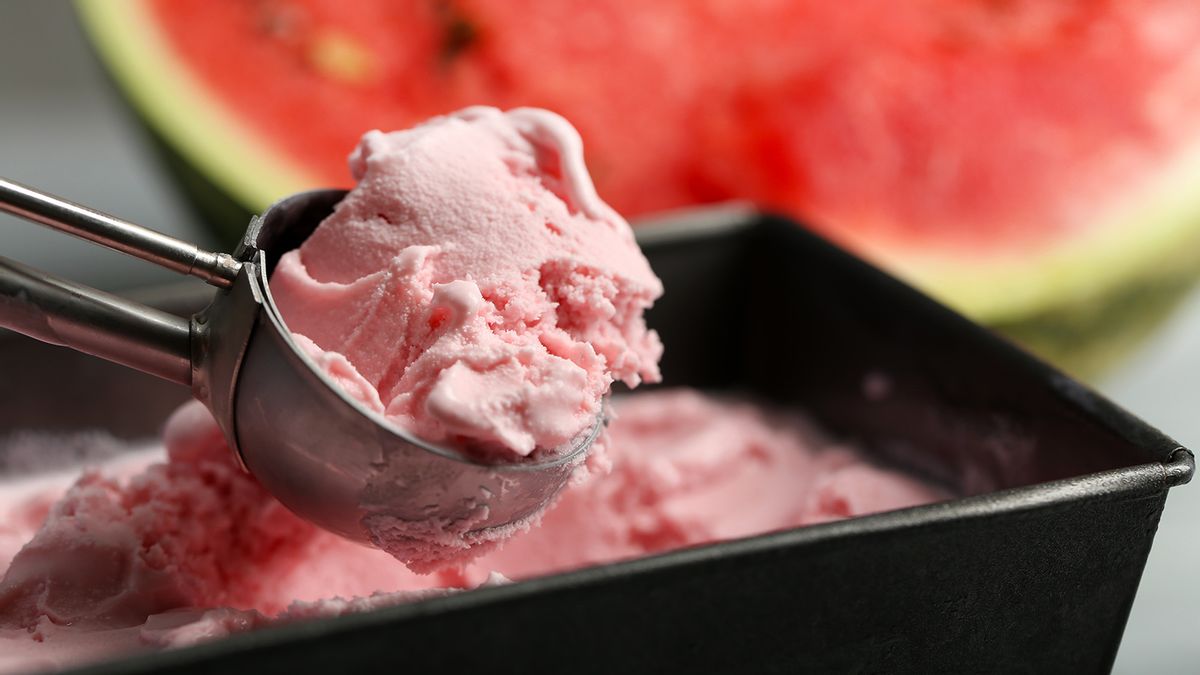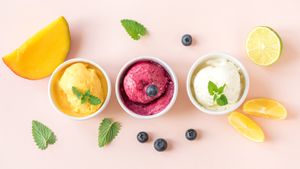Before Ben Ungermann became a celebrity, thanks to MasterChef Australia, he had never considered a life making desserts. It was when the show forced him out of his comfort zone that his skills for making ice creams manifested. Today, Ungermann is dubbed the ‘ice cream king’ and he is hard at work to live up to the title.
We picked Ungermann’s brains to dole out tips on making the perfect scoop of ice cream:
1. Pay close attention to ingredients and flavours
Ungermann said, “Good quality ingredients are key for a good ice cream.” So, if you can, go for fresh, organic full-fat milk and cream, which forms the base of ice cream. For flavours, such as fruit, chocolate, or vanilla, opt for what’s fresh and season rather than essence, preserves or canned substitutes.
He strongly believes, “Good ingredients maketh a good ice cream. Using real ingredients just elevates the flavour of your dessert.”
2. Let there be air
With ice cream, it’s not just about the flavour, but the texture as well. “It has to be light and fluffy. You place it on your tongue and it should dissipate and leave a beautiful flavour. That’s when you know you’ve made a winning product,” explained Ungermann.
The trick to achieving the perfect texture, according to the expert, is air. “The more air you fold in the mixture, the lighter and fluffier the final product is.”
3. Use sugar sparingly
Sugar can help heighten the flavour profile of your ice cream, however, you should be careful that you don’t overdo it. The ice cream expert warns, “Sugar may be the most popular ingredient in ice creams, but excess of it can take over and ruin the dish—to the point of being unpalatable.”
4. Say no to preservatives and stabilisers
A preservative is a substance used to increase the shelf life of ice cream, whereas stabilisers retain the consistency and its physical characteristics. Ungermann suggests you avoid these two substances and keep your ice cream recipe as natural as possible.
He said, “The ice cream you make at home can have a two-week shelf life. It is at its peak during the first week because it is fresh. I suggest you make it in smaller batches, depending on your consumption, rather than making in bulk.”
On using stabilisers, he added, “They can be really bad for your health. If you keep the store-bought ice creams in the sun, you’ll notice that even the sun finds it difficult to completely melt it—imagine what may be happening in your stomach!”

5. No churner? Try this
Trust the ice cream king to solve all your problems. Even if you don’t have a churner or an ice cream maker at home, you can still make ice cream – although, you may have to slightly compromise on the consistency.
“This needs patience,” warned Ungermann, “Take a steel bowl, add your ice cream mix to it, and let it sit in the fridge for 15 minutes. Every 15 minute bring the mix out and whisk it vigorously for a minute. Repeat this for seven-eight times, until you’ve achieved the desired thickness.” Simple, right?
6. Goodbye, crystallisation
When asked, how can one avoid crystallisation in ice cream? The expert replied that excess water in the mixture leads to this.
“You need water in the ice cream, but the right amount and not a drop extra. Also, when you’re storing ice cream in a refrigerator, wrap a cling film around the lid. This will help you avoid the layer of water crystals on the dessert’s surface,” he further explained.




